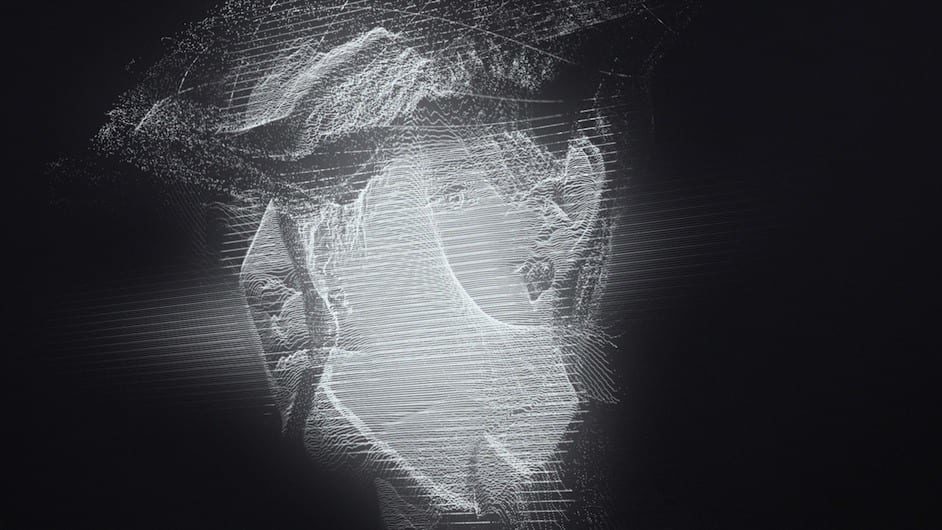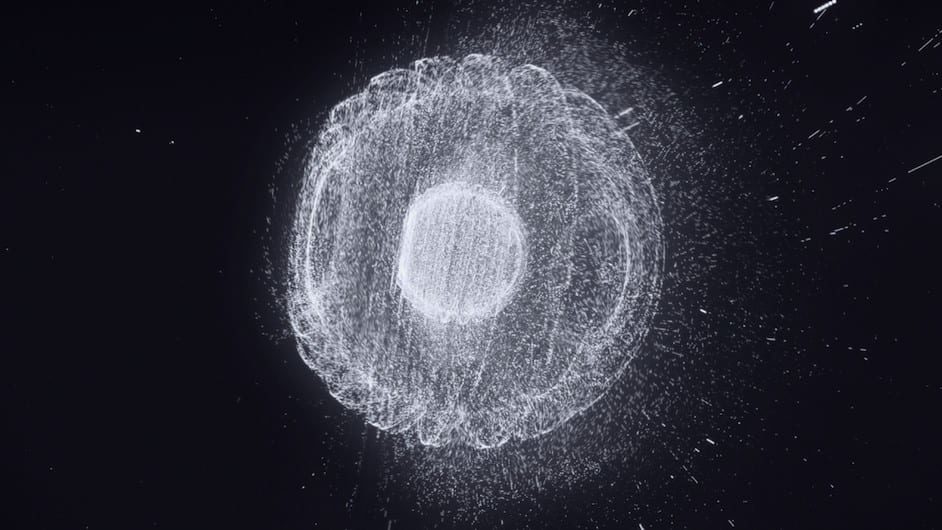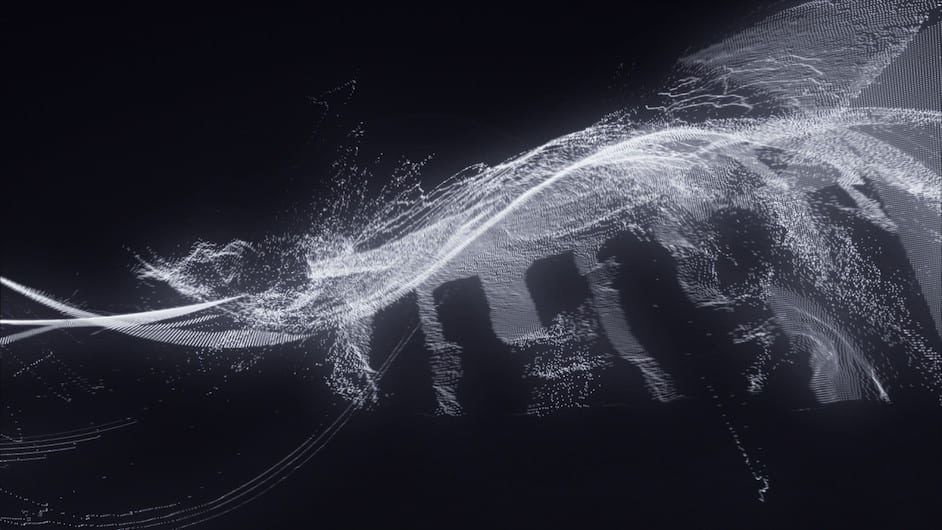Your film Constellation with the pianist Janina Fialkowska is mesmerising. Is it your visual interpretation of her music or did you collaborate with her on the way the film was going to play out? Plese tell us about the process.
I was approached earlier in the year by the National Film Board of Canada and was told the project was going to be a short film on Canadian pianist Janina Fialkowska, one of the recipients of the Canadian Governor General’s Lifetime Artistic Achievement Award.
I was intrigued and quite excited about the prospects of making a short revolving around classical music, as classical music played an important part of my musical education, thanks to my father’s extensive classical music collection. To me it was a gateway to other forms of music I would later discover.
Currently, I now work as a visual effects / motion graphics artist. Last year I made some visuals for the Michael Jackson Immortal Tour which is currently still on the road. With Montreal studio Geodezik, I’ve been doing a lot of stage visuals for pop artists such as Ricky Martin, Rihanna or Kylie Minogue. With the very short turn around time required of those clients, the NFB project was a welcome change of pace. Or so I thought.
The short was destined mainly to be screened at the Governor General’s gala, held annually in Ottawa, Canada at the National Arts Centre, where the other recipients would receive their respective awards. For each recipient, a director was commissioned to create a short film inspired by the recipients’ life’s work. In total there are eight films, including Constellation.
Production time was three months, but actual production of images lasted no more than four or five weeks, which, as the deadline loomed, turned out to be rather grueling. It was the first time that I worked with the NFB, and they were such a pleasure to work with overall. I spent quite a bit of time researching information on the pianist and spent a lot it reading and listening to Chopin and other classical composers for comparison.
Although, the more I read about Janina Fialkowska, the more I felt overwhelmed with the realization that I was making a work for a world-class pianist and quite frankly, I was afraid I would not live up to her amazing and lengthy career. With that thought in mind, I was quite thorough in my research of Ms. Fialkowska and of Chopin, the composer she feels closest to.
After most of the pre-production was complete, I headed down with a small crew to interview Janina Fialkowska at her home in Connecticut. With my prepared questions, the interview lasted roughly two hours. Understandably, the voiceover in Constellation is a very condensed sampler of that two hour-long interview. She was very articulate, clear with her ideas, and had many insightful things to say, it is unfortunate the film is so short – in the final version of Constellation, we settled upon parts of the interview that fitted most the context of the images.
The production of the images themselves was made in a few phases. I was very fortunate to work with a great producer who trusted me entirely during the whole process of production – this gave me the confidence and flexibility of virtually having carte blanche on the final look we went with. As the director, I had control over the choice of the musical piece and I also brought in Shervin Shaeri, a great sound designer who finished off the video with sound effects that perfectly anchored the visuals.
I should mention that the final version of Constellation now available is actually a second version. There was a first animatic that focused almost entirely on the idea of the continual assembling and disintegration of a piano, edited to the same musical piece. We salvaged some of the concept in the current opener, with the piano assembling itself in the sky. Not only was I going for this piano endlessly shattering, but the visuals were to be more metaphoric, with the usual signifiers associated with classical music like doves, a cathedral, statues, explosions of colors, god rays, notes in the air, etc. In many ways I’m glad we didn’t go with that version because it forced me to avoid many tired tropes related to classical music, so I had to think differently about my final approach.
Due to the impending deadline, I ended up making the final version solely myself, despite initially having two 3d animators at my disposal. In about three to four weeks, I edited the video, selected the final parts of the interview, and developed the particle sequence in After Effects.
Having listened to Chopin’s “Révolutionnaire” many times over and over, it was above anything else my main priority to convey the energy of Janina Fialkowska’s explosive performance. I settled on an aesthetic which distilled itself to more abstraction and immateriality (compared to the first version) so it became a sort of “visual music”, which is not a new concept in itself, but normally not a very popular way of presenting classical music in the mainstream context of today’s classical world which has its own system of values.
After developing a few test shots with a plug-in called Form, I liked the unstable and ephemeral quality of the particles – it fitted well with the mood of the music with its desperate, driving, tragic, and very epic tone. To me it sounded very timeless but equally contemporary considering it was composed almost two hundred years ago in 1831, and it really was a joy to video edit with.
If you read about the backstory of this composition, it is one of the very rare compositions where Frédéric Chopin was so upfront and aggressive in the emotional scale of the music, and with good reason. That said, while the visual direction became rather abstract with its focus on purely kinetic, atomic-level force, there are a few instances where we see these particles converge to reveal parts of a piano, as well as these “apparitions” of the pianist, like the imprint of her soul is immersed in the wave of particles. These instances materialize, stabilize for a moment and then disperse quickly.
The idea was that once we zoom “inside” the piano, we’re now observing – and hearing – the performance at this atomic, molecular scale. The idea is magnified even further thanks to Shervin’s great sound design.















